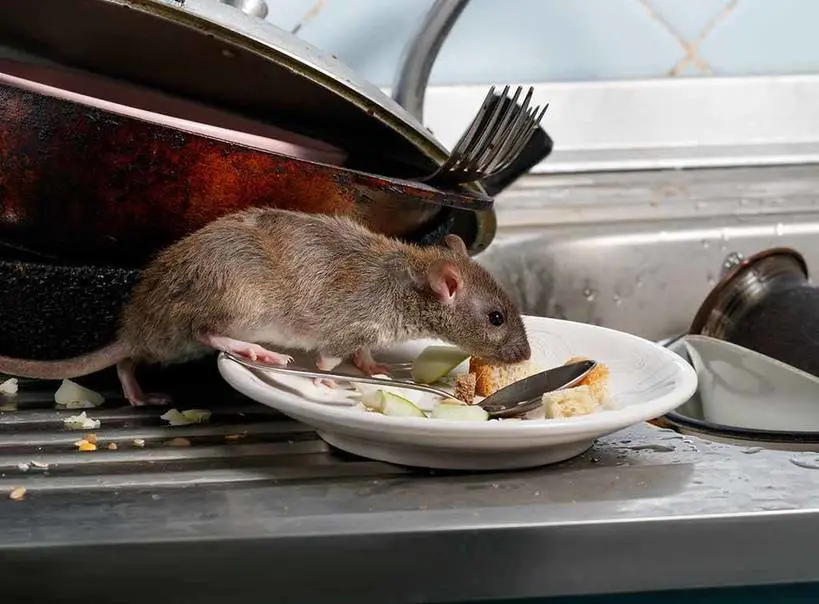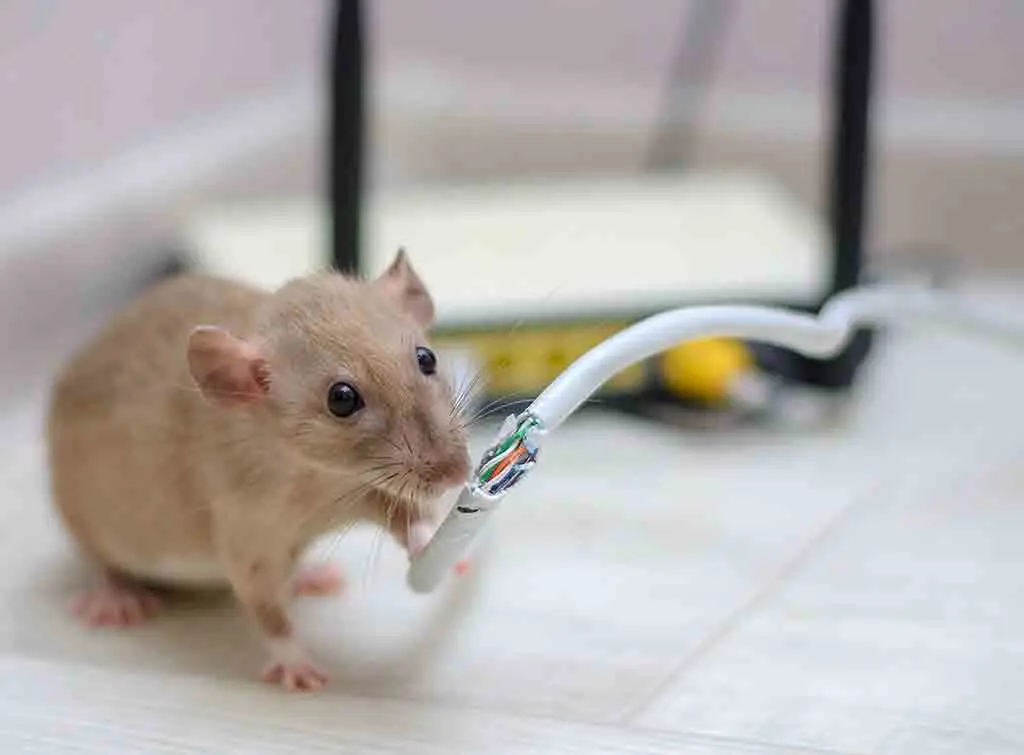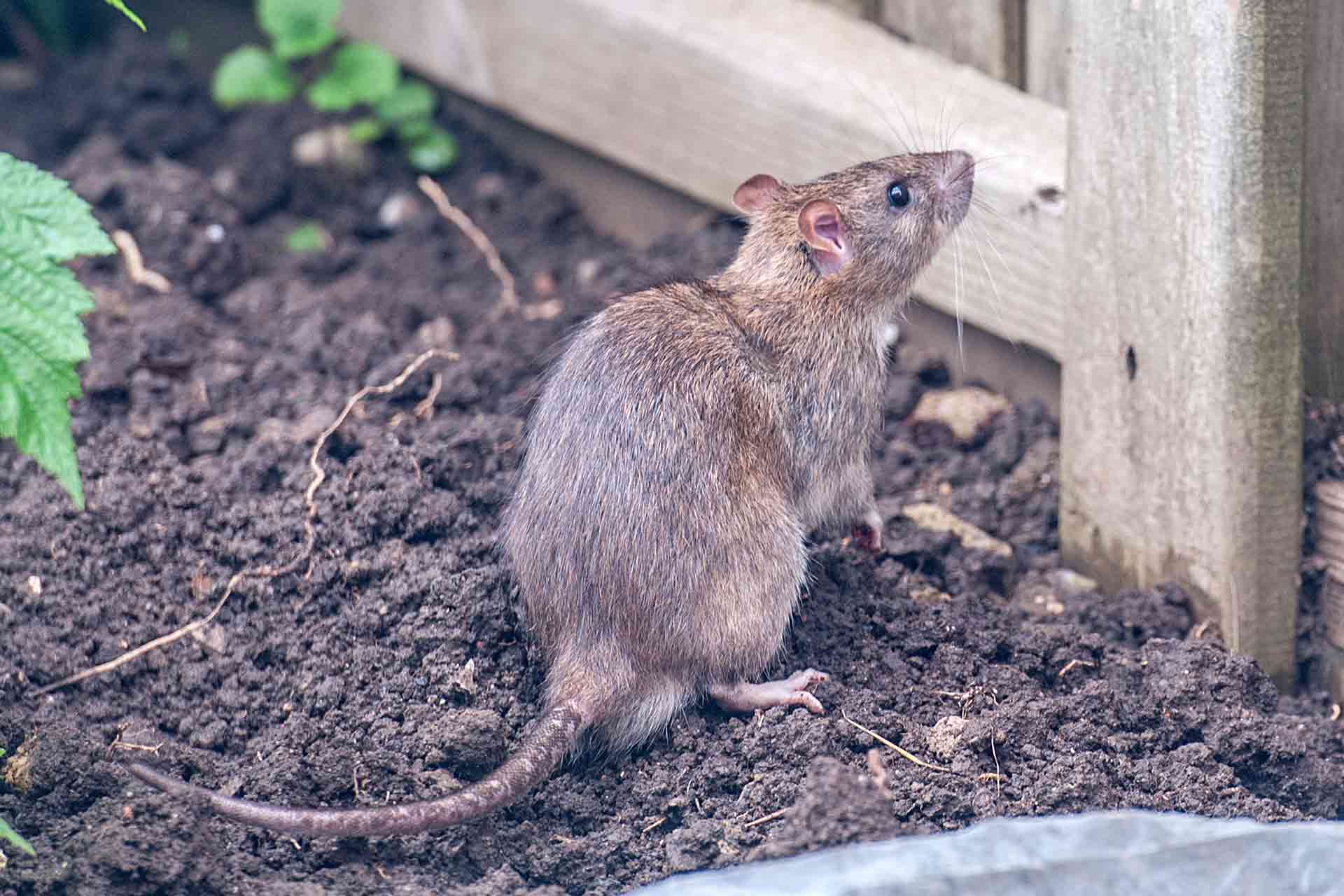Blog>Expert Advice>Pest prevention methods: How to pest-proof your home
Last updated: 10 February 2025
Pest prevention methods: How to pest-proof your home
No homeowner ever wants to be faced with germ-spreading vermin in their home. Thankfully, there are plenty of pest prevention methods to stop them in their tracks. Read on to learn the simple steps you can take.

Prevention is always better than cure when dealing with household pests such as mice, rats, and insects. And thankfully, there are plenty of pest prevention methods available to keep pests out of your home.
In this guide, we share some simple solutions you can carry out at home with basic supplies from a good DIY store. We also explore how to get professional help should you need it. But first, let's explore why pest prevention is so important for our homes.
See the tradespeople we've checked and recommend for your job
The dangers of pest infestations
If ignored, mice, rats, and other vermin like birds and insects can multiply fast and be a serious health hazard.
Many vermin, particularly rats and mice, can also cause significant damage to your home by chewing through woodwork, furniture, and wiring to make nesting material. The damage can be catastrophic for homeowners, leading to flooding and fire hazards.
Furthermore, as anyone who has previously experienced unwelcome pests in their home knows, getting rid of them can be difficult, time-consuming, and expensive.
So, what methods can stop pests from entering your home? That's up next.

Pest prevention methods
Pest prevention is all about anticipating where rodents and other pests can creep into a home and then sealing it up. Whether that's gaps in cupboards, holes in brickwork, or exposed drains. Let's run through them together.
1. Drain covers
Rule 101 of pest prevention is to install covers or grates over all drains, including shower drains. This prevents rodents and insects like cockroaches from entering your home.
You can purchase new drain covers easily at any good DIY store, and drain cover repairs are sometimes possible for existing drains. But remember, pests have 'Houdini-like' abilities, squeezing through impossibly small gaps. So, if your existing drain cover fitting has seen better days, investing in a new one is wise.
Repair kits are available for manhole drains, too. But we always recommend getting the help of a professional drain repairer for larger repair jobs like this. That way, you'll get a proper fix the first time around to keep pests out.
2. Mesh wire for ventilation bricks
One of the most common ways rodents, particularly mice, can enter your home is through air brick vents. To prevent this, a simple solution is to cover the ventilation bricks with 'chew-proof' mesh wire.
Wondering how to fit mesh wire on ventilation bricks? Simply cut the mesh to size and attach it to the outside of the air vent with a hardwearing sealant or screws.
Top tip – If you live in a flat, you might not have access to external entry points like ventilation bricks. Instead, check for holes where heating and water pipes meet walls and floors. You'll want to use steel wool to fill in these holes. More on that next…
3. Steel wool for small holes
When investigating any entry points that could be used by pests, never overlook smaller holes in brickwork or pipes. Remember, an adult mouse can squeeze into a gap the size of a five-pence coin. Meanwhile, a rat can wriggle through anything down to the size of a ten-pence piece.
To fill in the holes, you'll need 'chew-proof' steel wool – the coarser and thicker, the better. Simply cut it into pieces large enough to fill any holes and gaps you spot.
4. Outside maintenance
Uncovered bins and compost bins are easy pickings for all sorts of pests. So always check that bins are properly closed, away from windows and doors, and out of direct sunlight. This helps reduce the smell, which attracts unwanted flies, wasps, rodents, and birds.
You also want to keep your shed or outdoor storage areas tidy. Cluttered, untidy spaces are a favourite for rodents to use as warm, quiet shelters.
Top tip – Despite a bird-lover's good intentions, bird feeders can attract rats. If you suspect there are rats at play in your garden, it's best to remove the feeders.
5. Removal of nesting sites
Have you found a nest in your home or garden you suspect belongs to vermin? If and how you remove a nest site depends on the type of pest.
In some cases, removing a nest isn't always necessary. For instance, if you spot a nest on the guttering at the side of your house, it could be harmless bumblebees. A call to your council or** a professional pest controller** will help you identify what the nest could be.
Meanwhile, if you're wondering how to spot a nesting site for rodents, the answer isn't straightforward. You'll need to play detective and follow signs of urine, droppings, and gnaw marks. More on that next.
When to call in the professionals
Hopefully, by thoroughly following the steps above, you won't encounter any unwelcome vermin in your home.
But still, it's always useful to know what the telltale signs of pests are. They include:
Smell – a foul ammonia smell caused by rodent droppings and urine
Droppings
Scratching noises (rodents) or distinct buzzing sounds (insect nests)
Gnaw marks
Signs of shredding (for building nests)
Evidence of nests (rodents, birds or insects)
If you spot any of the telltale signs above, you'll want to hire a pest control expert immediately. Pests multiply fast, so the sooner you eliminate any vermin, the better.
There are various prevention methods a pest control professional may suggest. You can read about mice and rats prevention methods in our expert guide.
Should you need an expert opinion, simply enter your postcode in the box below to search for experienced pest controllers near you. All our members must pass up to 12 checks to be listed in our directory.
See the tradespeople we've checked and recommend for your job
Top tip: We suggest looking for a professional pest controller who is a British Pest Control Association (BPCA) member. They will have a pesticide licence if this method of treatment is needed and will advise on the most humane and efficient elimination of pests.
How much does a pest control professional charge?
The cost of removing pests from your home depends on the scale of the infestation and the recommended treatment method.
However, on average, pest control services cost around£180, including materials and tools. Why not look at ourpest control cost guide for more detailed information?
Pest prevention methods summary
Pest prevention methods are a wise investment to keep vermin away
Never ignore telltale signs of pests – if you act fast, it could stop an infestation
Always hire professionals to remove pests from your home – this is one job you want to get right the first time
See the tradespeople we've checked and recommend for your job
More Expert Advice Articles
More Pest / Vermin Control Articles
See the tradespeople we've checked and recommend for your job





